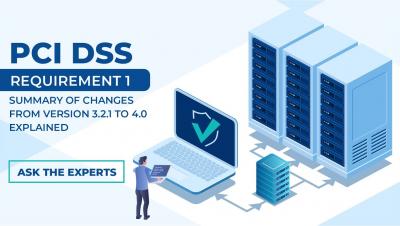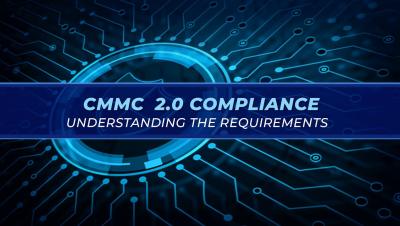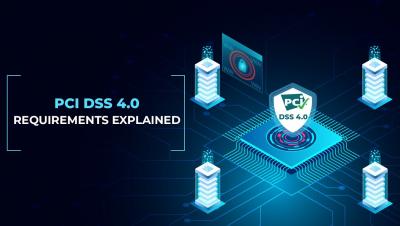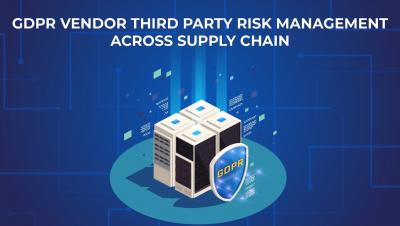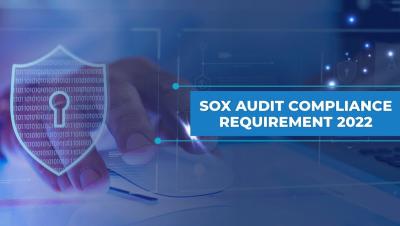GDPR & HIPAA Compliance- Mapping the Similarities and Differences
Is your organization looking to achieve both HIPAA and GDPR Compliance? Well, believing that achieving compliance with one will automatically ensure compliance with the other regulation isn’t really true. So, based on this notion, if you are looking to achieve compliance with both HIPAA and GDPR, then here is an interesting webinar video that you should watch to get clarity on this aspect.




